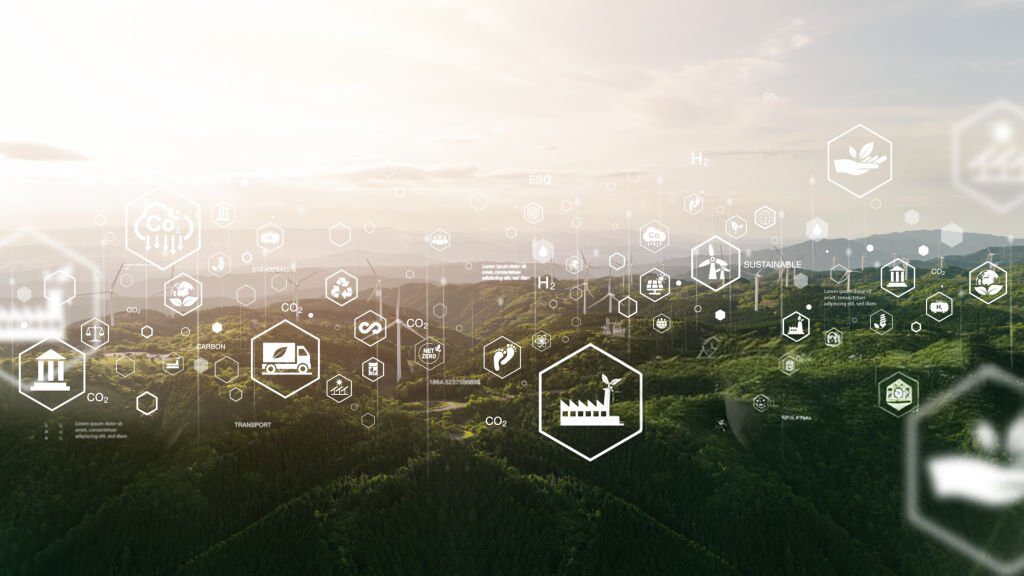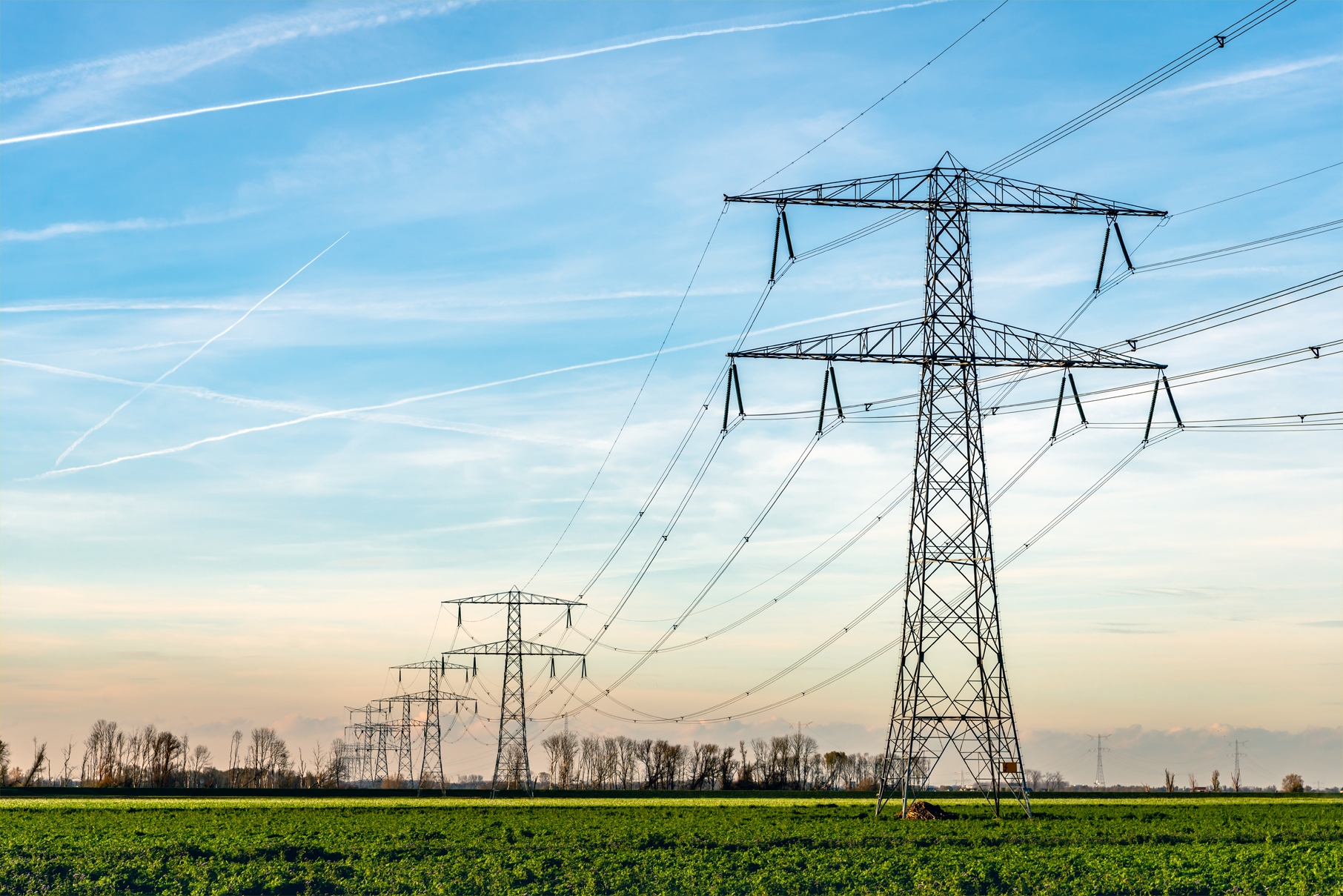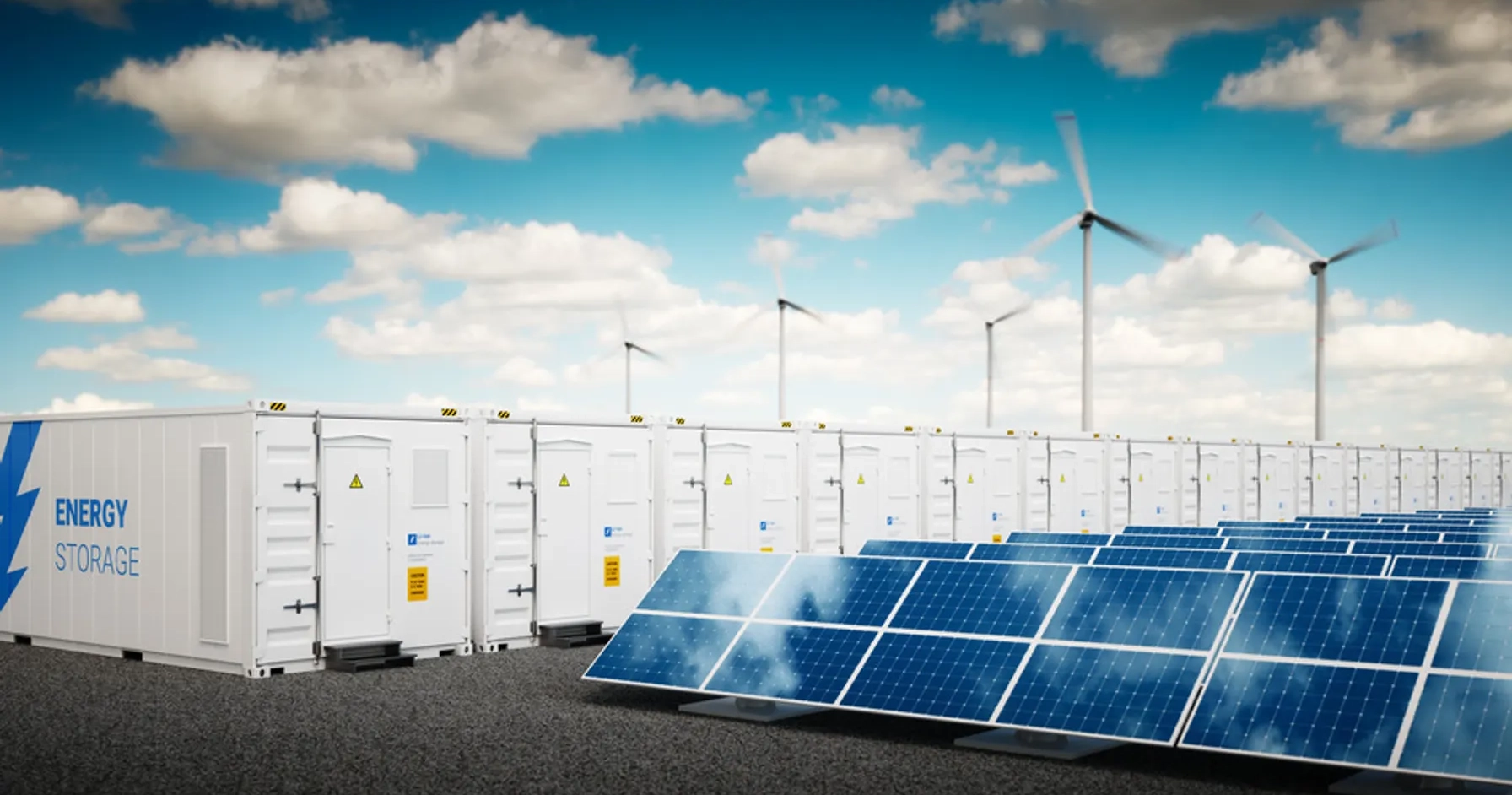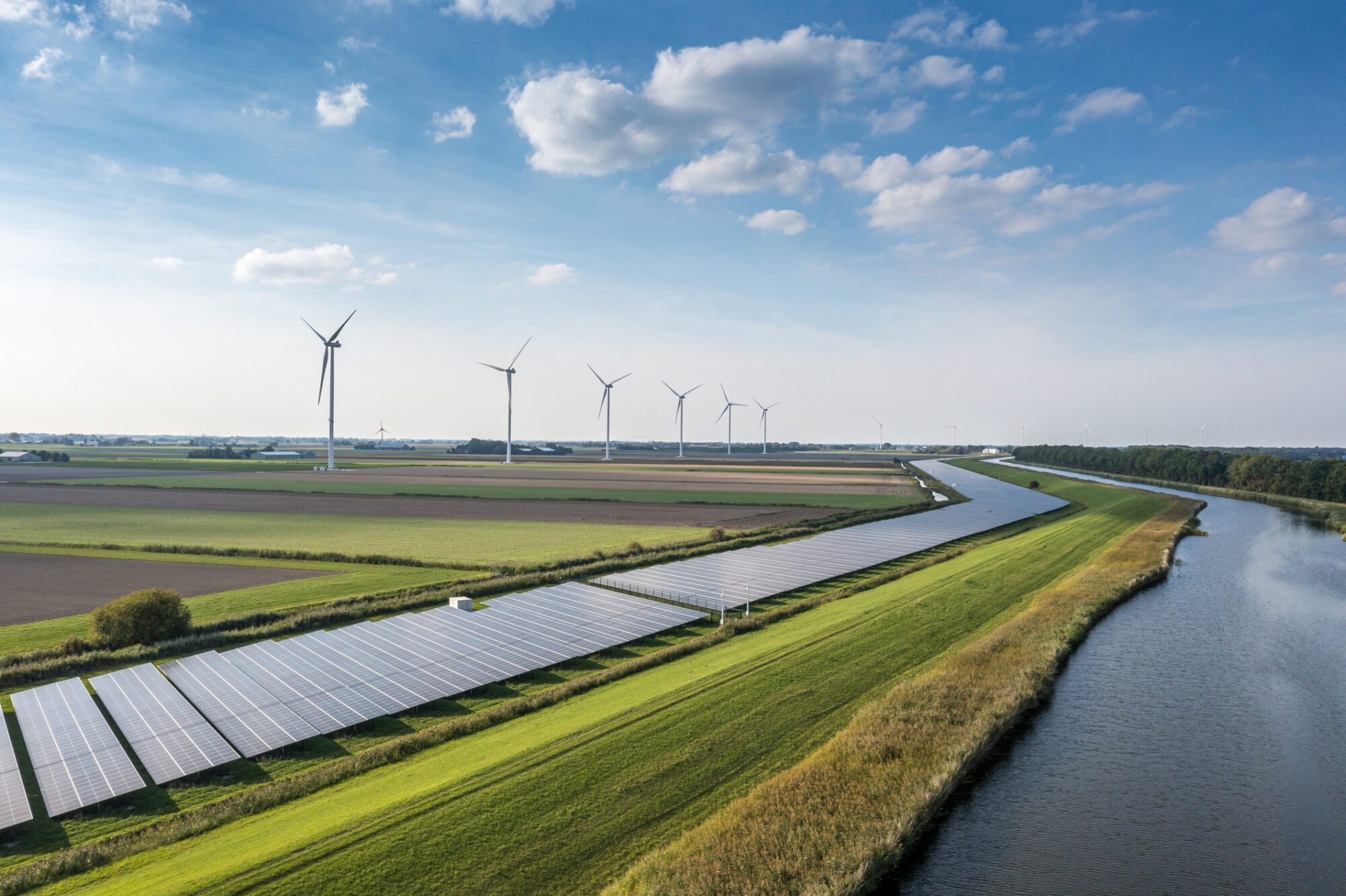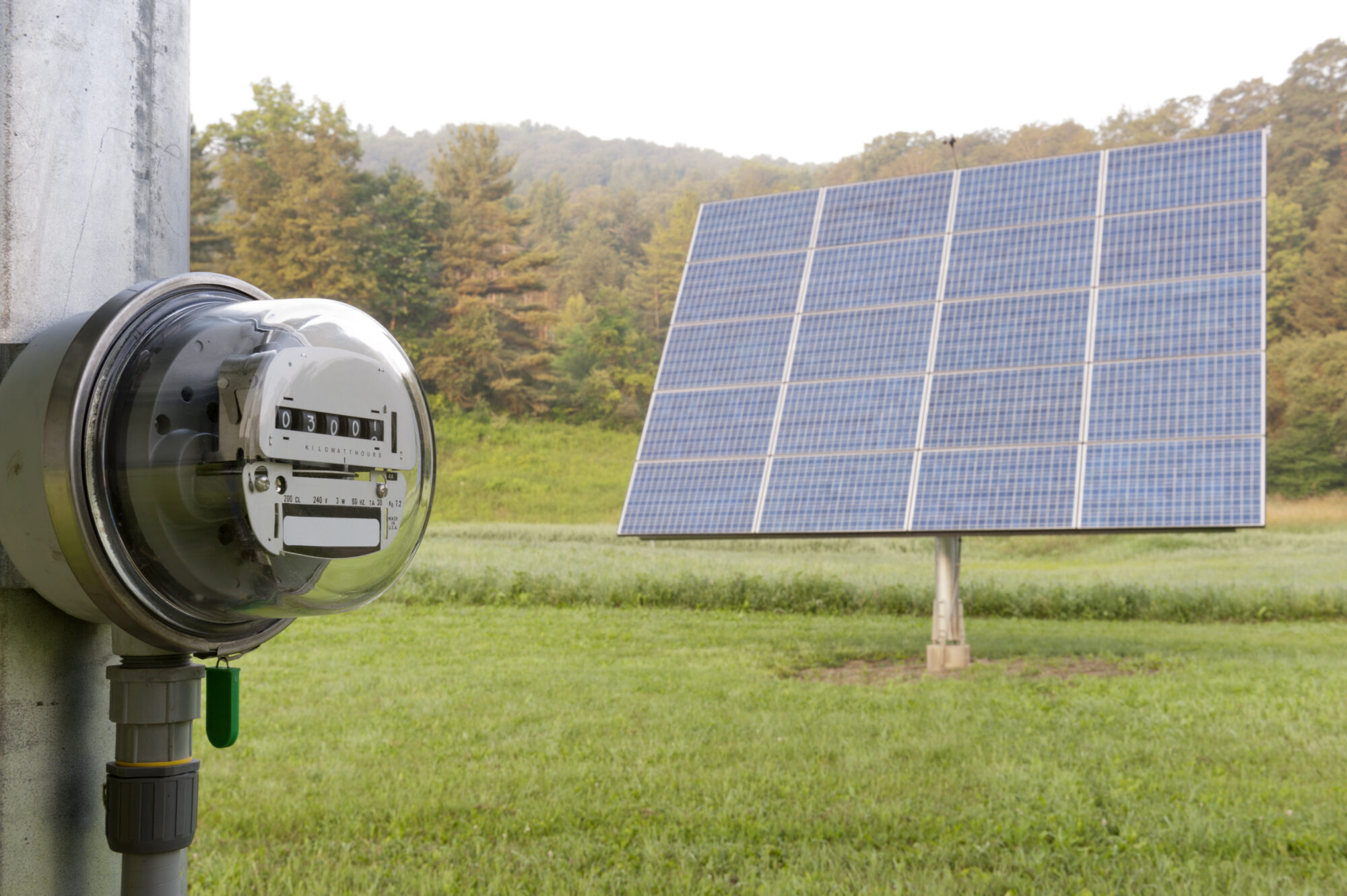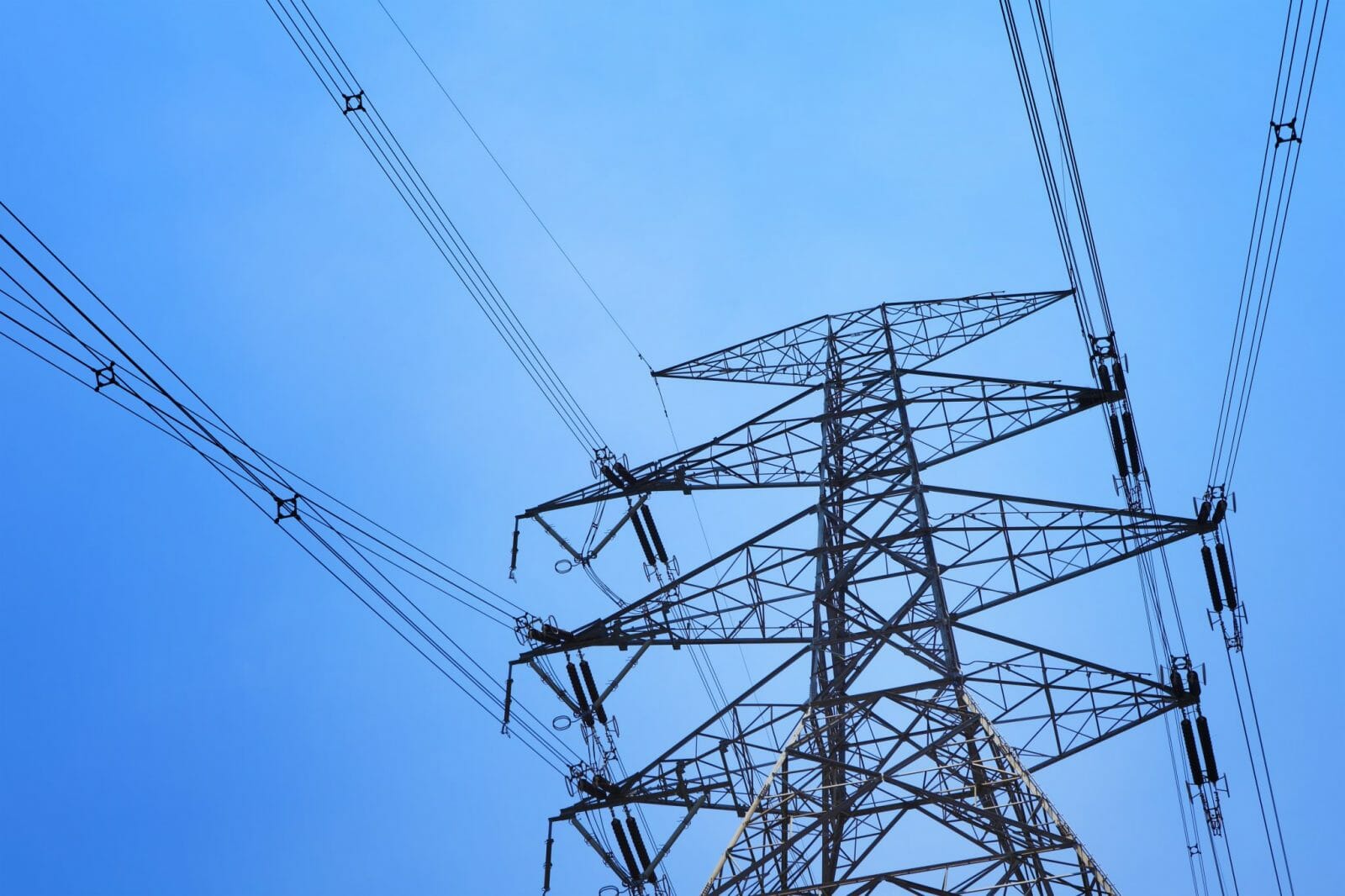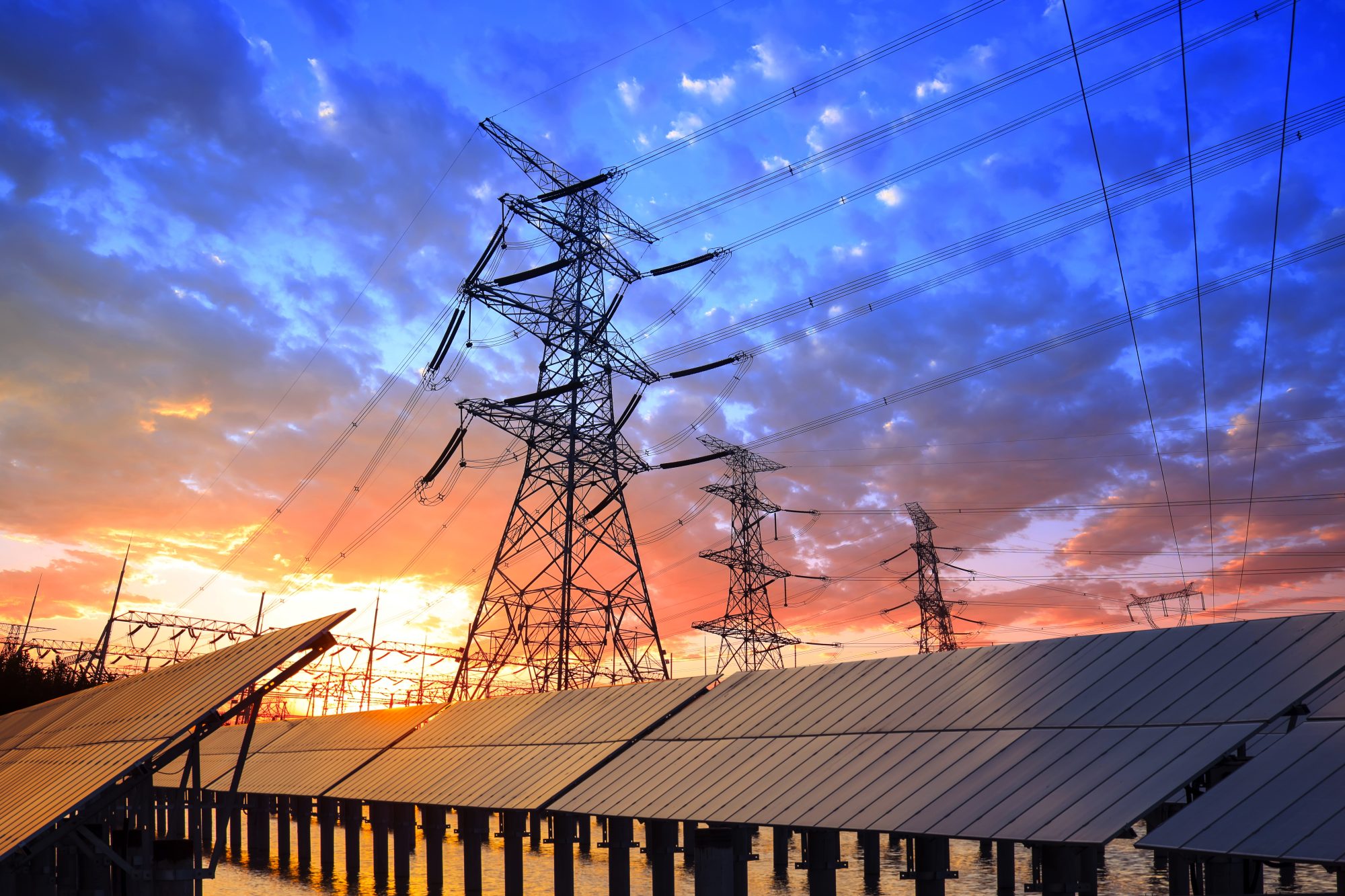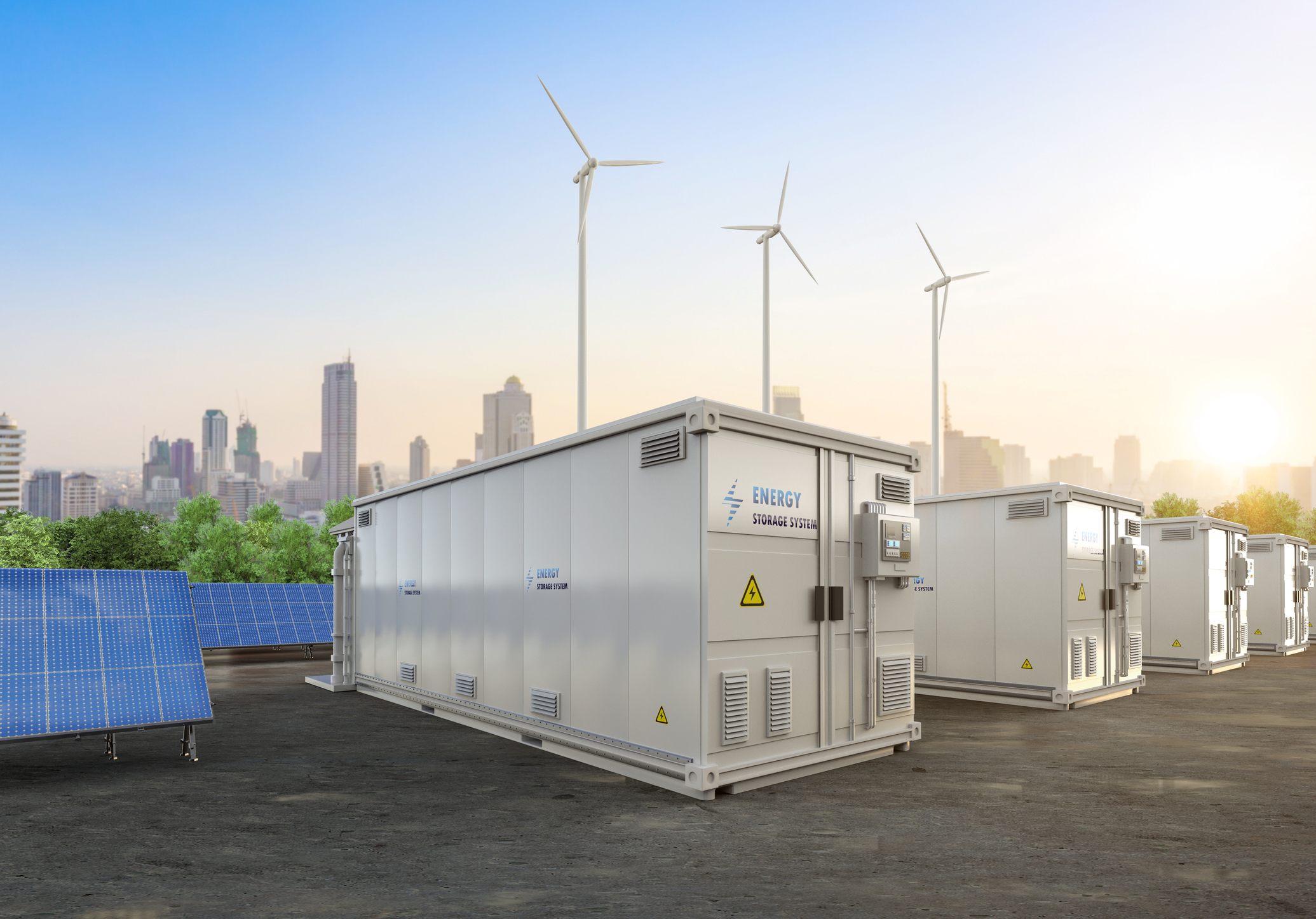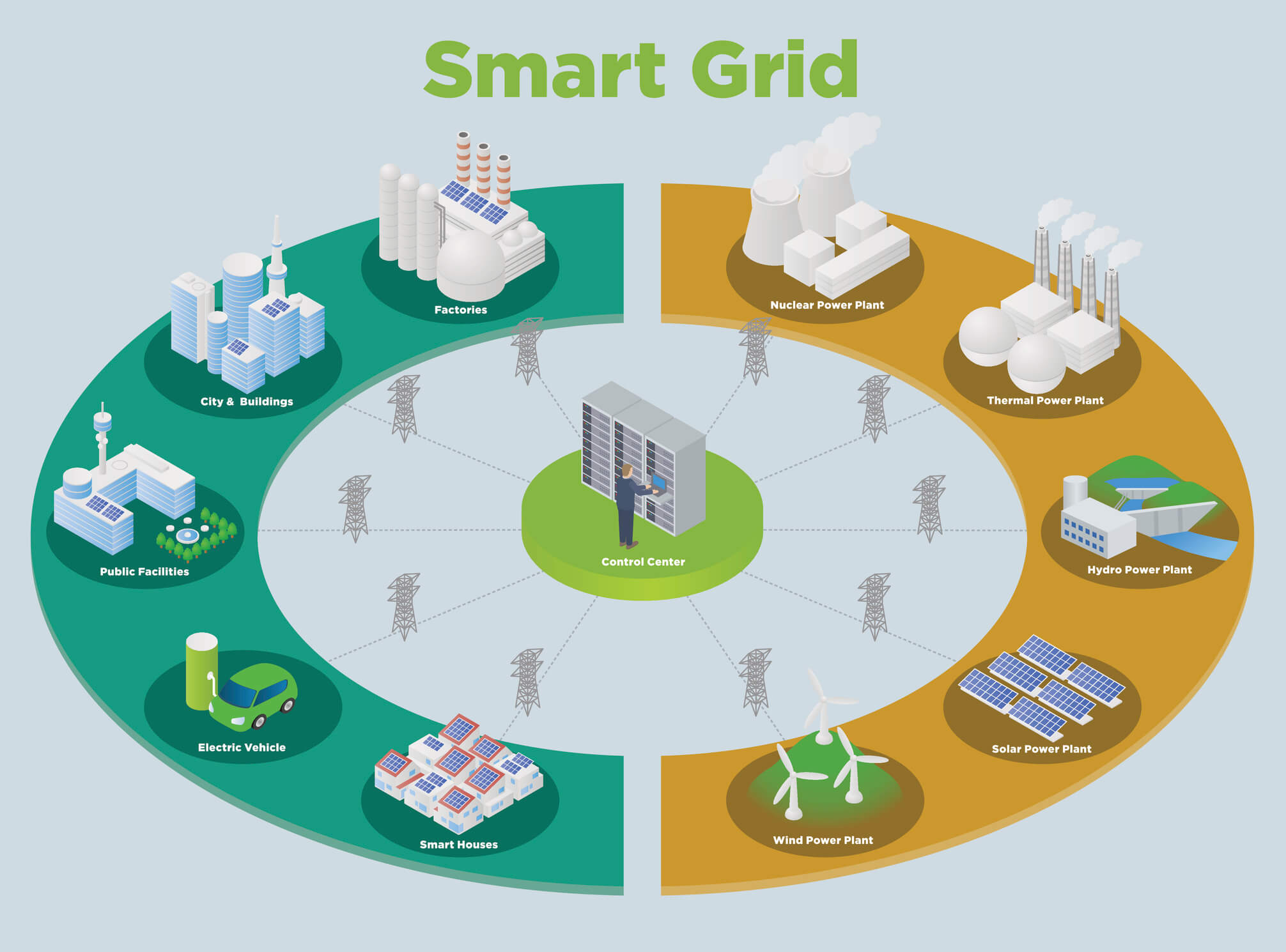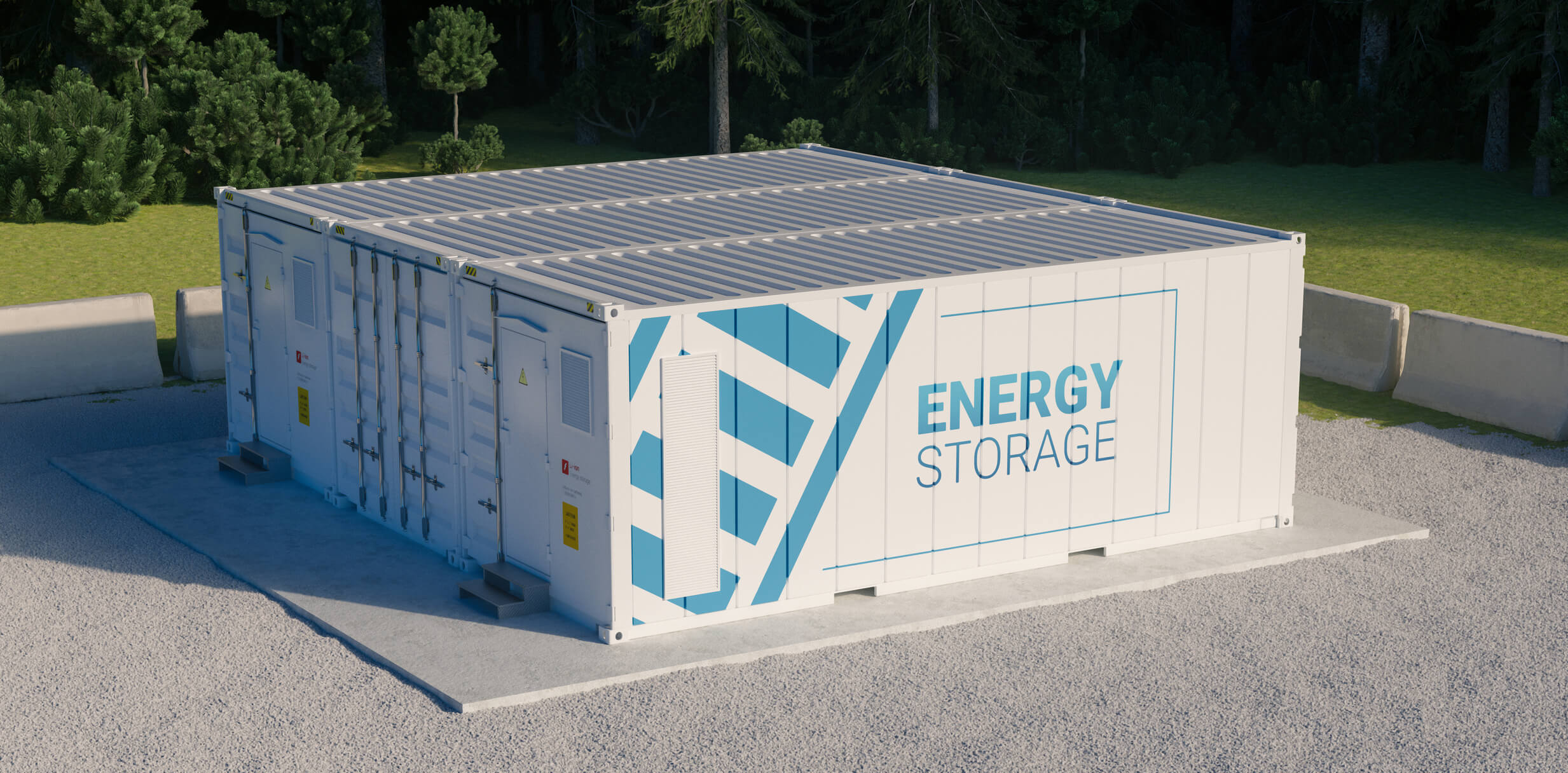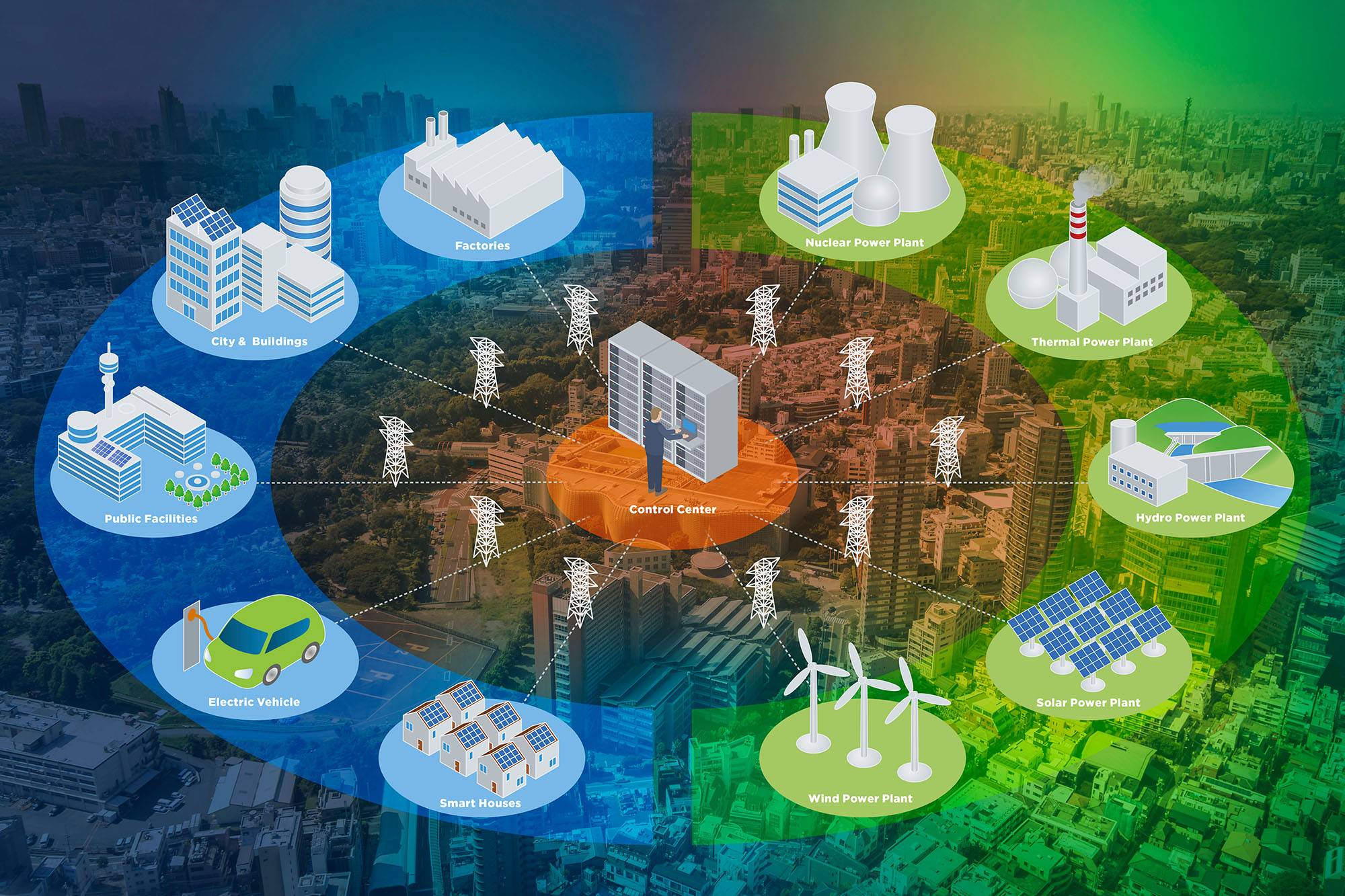Storage offers a more resilient back-up system than standard generators, which rely on fuel. In particular, remote communities or those located furthest from fuel infrastructure/supply lines could face serious delays and be at high risk of lost critical operations during disaster events—making energy storage especially compelling.
COVID-19 and climate impacts are driving a focus on resilience and utilities are helping customers explore behind-the-meter (BTM) energy storage solutions they might not otherwise pursue. Storage also offers other attractive benefits for utilities—from carbon reduction to grid optimization—and stacking these benefits can enable customers to better monetize and afford these systems.
A Pacific Northwest Perspective
Pacific Power launched its own Community Resiliency Pilot in 2019 as a disaster preparedness and emergency management effort. The utility’s BTM storage pilot aims to serve Pacific Northwest communities facing the threat of wildfire and readying in anticipation of a possible major earthquake in Oregon. The pilot’s goals include supporting mostly remote, critical facilities by evaluating:
- Back-up power for long-term outages, up to two weeks;
- Reduced energy costs and carbon footprint; and
- Increased grid flexibility to accommodate changes in electrification-based loads, electric vehicle adoption, and summer air conditioning usage, among others.
Through the Community Resiliency Pilot, Pacific Power seeks to identify concrete technologies, costs, benefits, and use cases to support the utility’s storage objectives. TRC first developed technical, standardized criteria which Pacific Power used to identify potential storage projects across its territory. The criteria gave the utility a basis for efficient evaluation and the option to easily scale projects over time.
Deep feasibility and benefits analysis are being conducted at eight target project sites across Oregon to identify specific requirements to enable BTM storage systems to support two week-long outages. Sites included fire stations, community centers, and other critical facilities which are committed to staying open and providing community support as part of local emergency plans.
Insights from the Field
By exploring energy storage projects’ feasibility in their real-world context, Pacific Power gained important insight into the value proposition of BTM storage for its customers. The utility found:
Resiliency benefits are there for critical facilities and would be visible after one major event. However, the up-front costs to acquire a storage system for these facilities can be prohibitive, illustrating the need for additional financial support to implement the projects.
Energy storage valuation across the industry is still being established, with decisions based on a combination of risk and political landscape factors. Value stacking can improve cost-benefit analysis, but implementation of greater solutions may require policy, incentive, or rate solutions in certain regions, especially to overcome initial costs.
From this knowledge base, Pacific Power came to better appreciate the role of BTM energy storage for resiliency and other benefits across its territory. In fact, the utility is expanding its Community Resiliency Pilot beyond the Pacific Northwest to support customers in Northern California: a region which also faces a looming threat of wildfires and other environmental hazards. Starting this year, we will expand our work with the utility to provide similar BTM storage technical assistance for critical facilities and grant evaluation support to help customers overcome implementation costs.
Looking Ahead
Utilities and other energy providers (e.g., community choice) are increasingly focused on BTM storage for a wide range of customer, grid, and carbon benefits. Yet, as these technologies and industries mature, there is still much variability in terms of what is possible or most beneficial for any given situation. The good news is that the industry and utilities like Pacific Power are responding with creative solutions and we are honored to be part of the hard work to make these ideas a reality.
Embrace The Shift
Partner With TRC’s Tested Practitioners



